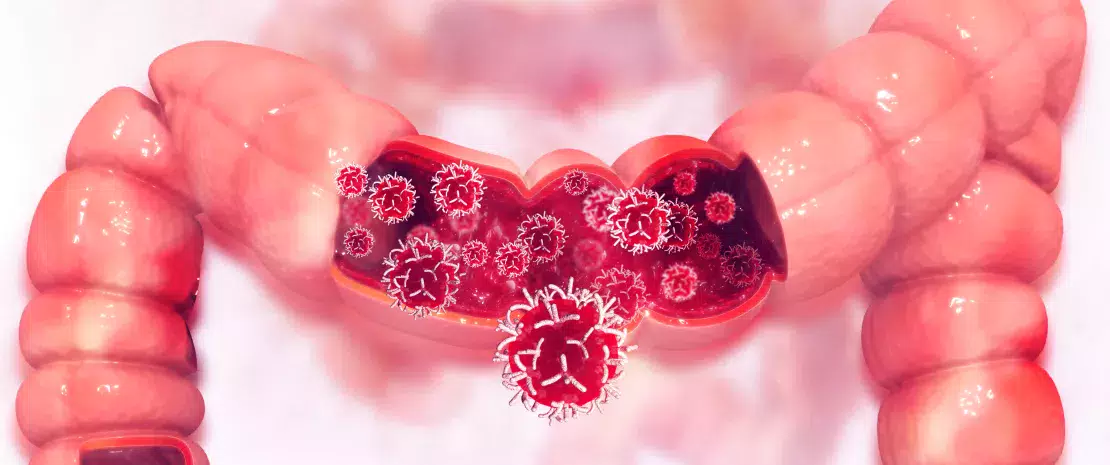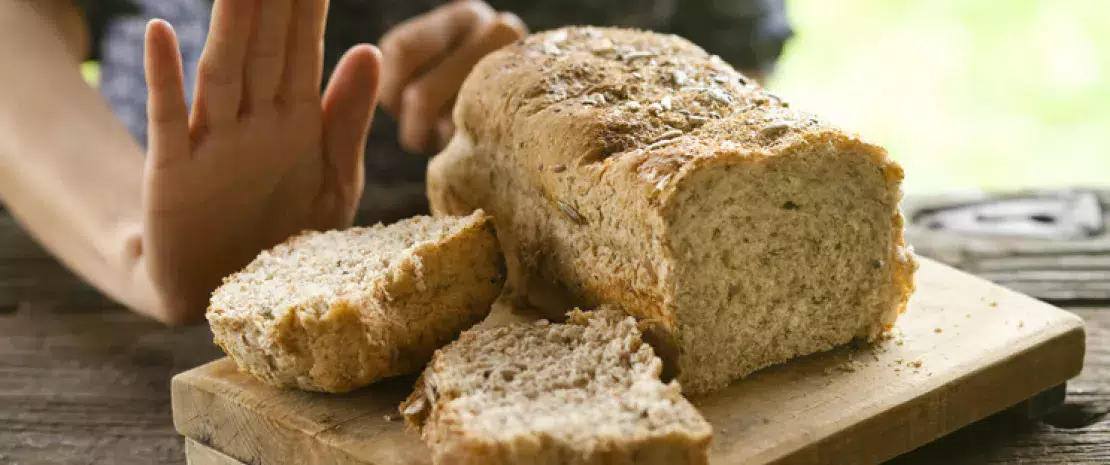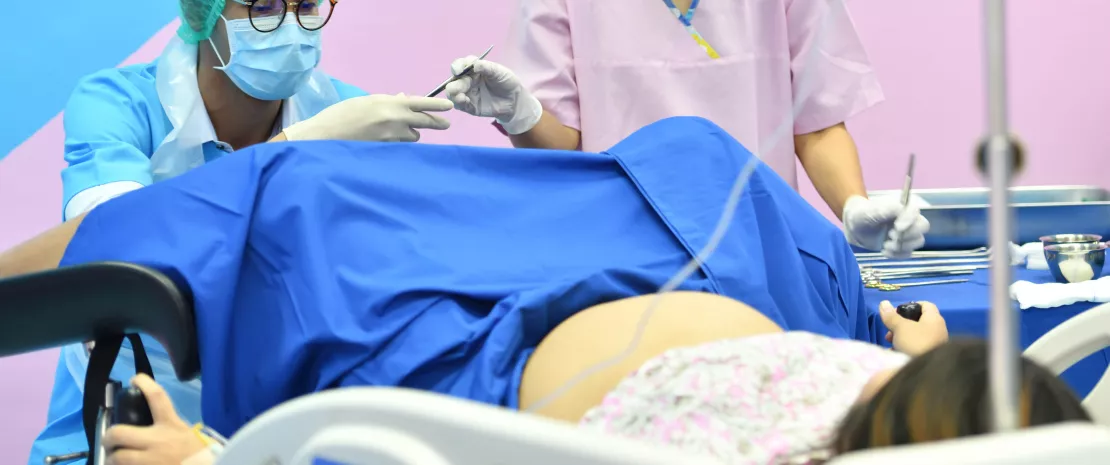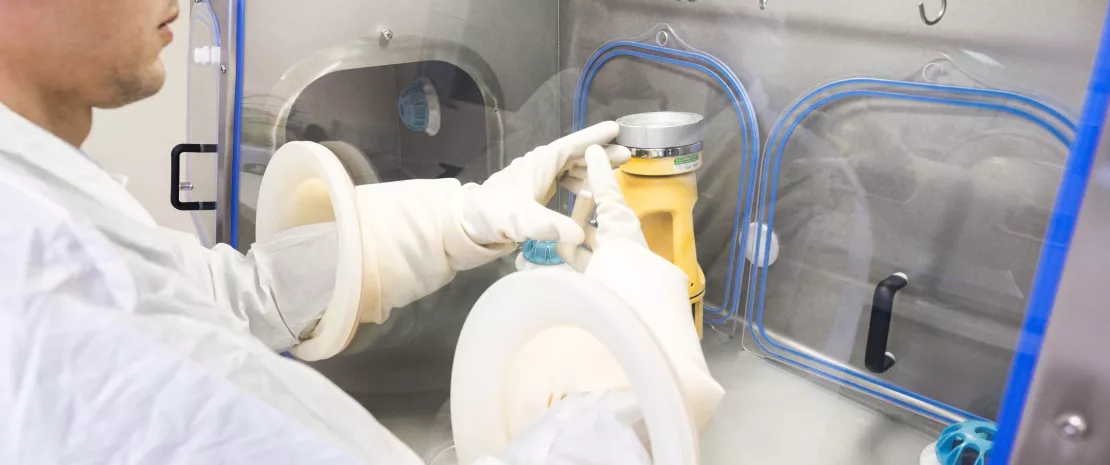We know that body odor is mainly due to the bacterial decomposition of natural constituents of sweat, which is produced by sweat glands. But we do not know which species are involved and what mechanisms come at play among young people. The researchers thus enrolled prepubescent children (5-9 years old) and teenagers (15-18 years old) and analyzed sweat samples from armpits, neck and scalp, each time 1 hour after a shower, following physical activity, and 7 hours later.
Each species has its own smell
At all times, teenagers had a stronger body odor than children, especially in the armpits. After physical activity, children’s sweat was characterized by a rather sour smell, while that of teenagers had a dominating sulfur-like odor. On the scalp, whatever the age, a greasy odor was detected. According to the researchers, these differences highlight the heterogeneity of skin microbiota species causing unpleasant odors and above all, the influence of some of them.
What causes these bad smells?
Two species predominate in the neck and scalp: one is more abundant in children, the other in teenagers. This difference reflects the changes in sweat gland activity that occur in puberty. But the main finding is the major role played by staphylococci in the body odor of both children and teenagers–a role that is played by bacteria from the Corynebacterium genus in adults. What about the sulfur-like smell in teenagers’ armpits? It is probably related to the acid production from the Staphylococcus epidermidis bacteria. And the sour smell found in children’s necks? Staphylococcus hominis is to blame.
Deodorants especially designed for teenagers?
According to the scientists, the transition from a rather sour-smelling sweat during childhood to a sulfuric smell during adolescence is the result of the reorganization of species within the skin microbiota that occurs in puberty. This discovery could be useful to the manufacturers of deodorants, since the latter are designed to control bad smells in adults, but not in teenagers.

















